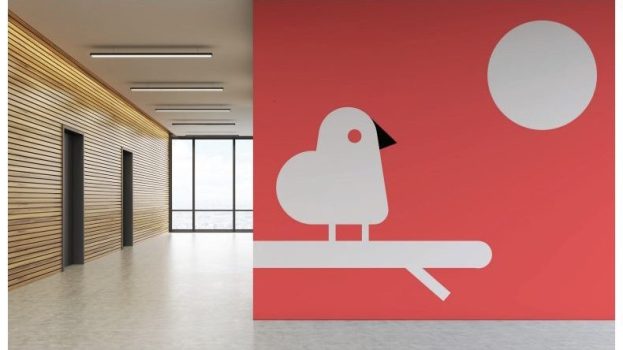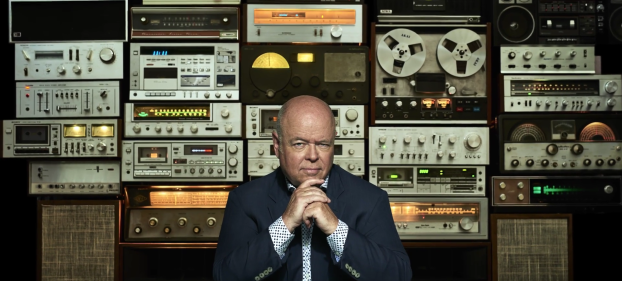By Max Valiquette
Marketers and broadcasters, we’re a lot alike. We’re trying as best we can to respond to consumer trends. When we notice something, we name it so we can work it into our decks and presentations, and ground the work we’re doing in a shareable idea.
And shareable ideas need names.
Lately, both marketers and broadcasters have been writing about something we’ve called the “second screen,” because we’re supposedly using an additional device to interact with the primary content we’re consuming.
As a concept, it’s not entirely flawed: it recognizes we no longer just watch TV or play videogames or do anything else on its own. We’re tweeting and texting when we do. In response, broadcasters want to create a more immersive experience; marketers want to send you messages where you’re actually looking.
It sounds great, but the term is fundamentally flawed, and it’s going to lead to another challenge for an already beleaguered entertainment industry.
Consumers don’t think of it as a “second screen” at all. They’re not married to any particular form of screen, nor to any number of said screens. What they’re married to is on-demand content, a two-way system that allows them to interact with that content as they choose, and then share those interactions with their networks.
Broadcasters need to think about the larger ecosystem they’re working within. Instead of just trying to get me to tweet at their show from my phone, they should think about why I’m tweeting in the first place. And about how easy it is for me to leave their channel once I’m already looking away from their programming.
 But we invent a term like “second screen” because it suits our needs or because it’s reflective of our view of the industry, and we build our business around this term and all of its flaws.
But we invent a term like “second screen” because it suits our needs or because it’s reflective of our view of the industry, and we build our business around this term and all of its flaws.
“Second screen” is an inherently hierarchical term – I think one of the reasons broadcasters like it is because it puts the internet second and the TV first (yet Canadians have recently been willing to give up their cable and keep their internet). But here we are, still pretending the phones or tablets we keep with us all the time are somehow secondary to the thing that commands our attention for a few hours every day.
The answer to all of this isn’t just in developing a tablet app that streams your shows, or throwing up a series of hashtags over the course of your program. It’s about reacting to the real trends that are out there. That starts with paying attention to how our customers really behave, rather than being handcuffed by our own industry bias or the clever name we’ve given a trend.
TSN has built an in-TV app called TSN Extra. It’s essentially a frame of sports scores and other content that surrounds whatever conventional programming TSN is broadcasting at the time of use.
I’m not a massive fan of it, yet, as I find the interface clunky and inelegant. But I love the fact that they’re actually thinking about how to get people to focus on the TV more, and they’re doing so with customizable content that’s probably reflective of the sort of material sports fans are looking for online when they’re watching a game.
Right now, it’s being dismissed as tough to use and tough to view. But should it automatically personalize the content it’s showing me based on my preferences on their website, and should it activate with the sound of my voice and show me content based on where my eyes travel, it could be a game-changer. These developments aren’t decades away. They’ll be here in a number of years.
The single most important development in television in the past year has been Netflix’s entry into content creation: House of Cards and the fourth season of Arrested Development may or may not be successes (as Netflix won’t reveal the ratings for these shows) but it demonstrates there’s a whole subscription model for a broadcaster without an actual TV channel on which to broadcast. Amazon and Hulu are already preparing their own shows, and more will follow. It’s because these guys know there isn’t any more of a second screen than there is a first or a third. There’s just us, and our customers.
Broadcasters need to realize if someone isn’t looking up at the TV from their tablet, that tablet isn’t their second screen anymore.
It’s their first.
Max Valiquette is managing director of strategy at Toronto agency Bensimon Byrne.























